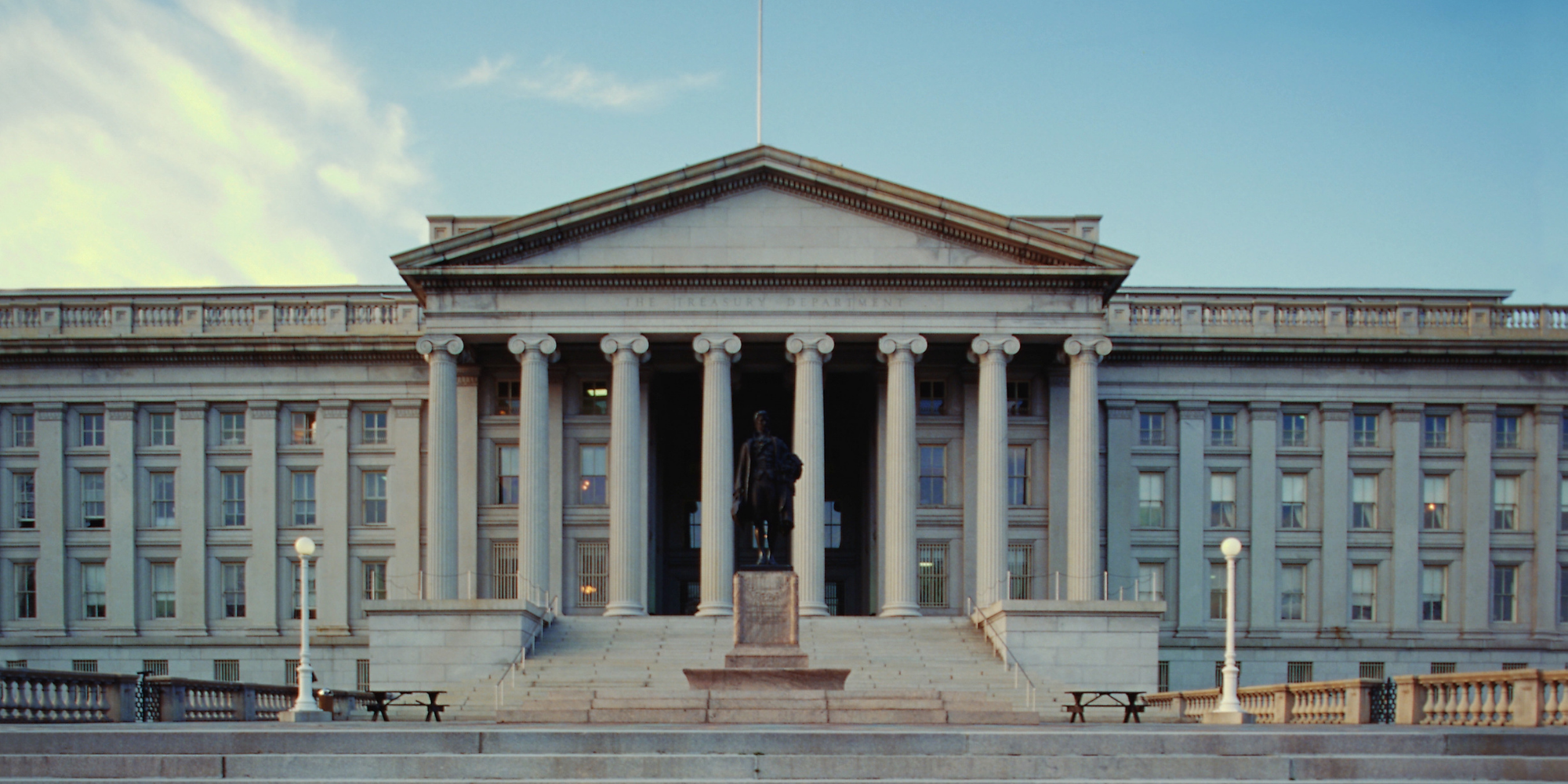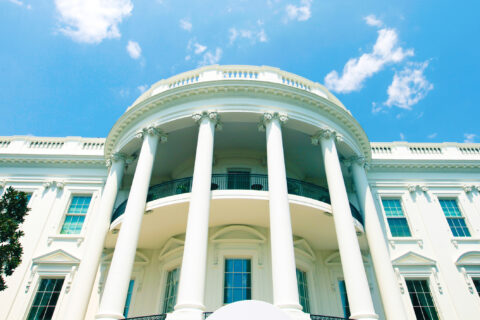The Final Rule for the Coronavirus State and Local Relief Funds (SLFRF) represents a major win for cities, towns and villages across America largely due to the National League of Cities’ (NLC) advocacy. In response to the interim final rule issued in May 2021, municipal leaders and state leagues conveyed their concerns, questions and solutions to NLC’s advocacy team. Informed by this feedback, NLC crafted and delivered a comment letter to the U.S. Department of the Treasury. Many of the positions addressed in the comment letter were either addressed in comments or enacted in the final rule – a true testament to the hard work and expertise of NLC’s advocacy, but more importantly, to the valuable input of its members. There were many places where NLC’s comments were reflected in this definitive document, and here are the top five biggest wins NLC’s advocacy achieved in the final rule.
1. Standard Allowance of $10 Million for Lost Revenue
The biggest win for NLC is the Treasury’s reconsideration of how to calculate lost revenue. In its letter, NLC discussed reconsideration of revenue losses for municipalities. In the interim final rule, local governments had to perform a four-part test to determine their lost revenue. For small jurisdictions with limited staff resources, this calculation could be difficult. As a result, these smaller cities might forgo the lost revenue category and use their grants in other ways.
To simplify this calculation, the final rule provides a standard allowance of $10 million that can be used for government services, which includes any service traditionally provided by local governments. The simplification of calculating lost revenue and the ability to apply it to government services will critically help Non-Entitlement Units of Local Government, those generally with a population of less than 50,000. According to NLC data, more than 26,000 local governments have an SLFRF award of less than $10 million, an illustration of how many local governments could be impacted by this change.
2. Inclusion of Utility Revenue in General Revenue for Determining Lost Revenue
In its comment letter, NLC argued that municipally-owned utility revenue should be included as part of general revenue for calculating lost revenue. The interim final rule relied on a census definition of revenue that excluded utility revenue.
NLC’s letter states: “The overwhelming feedback of local governments on this issue is the opposite – municipal utility revenue subsidizes municipal budget general funds in states where this is not otherwise prohibited. Conversely, in states where there is a legal restriction on using utility revenue to provide for the general fund, the moratorium on service disconnection during the pandemic created a shortfall in utility revenues for many cities. This shortfall was often covered from the city’s general fund.”
In the final rule, Treasury acknowledges NLC’s argument and agrees with it, writing: “This change responds to comments from recipients indicating that revenue from utilities is used to fund other government services and that utility revenues have declined on aggregate.” Now, municipalities can choose to include the lost revenue from their utilities as they determine lost revenue.
3. Clarifying Affordable Housing is an Eligible Use
Following the release of the interim final rule, NLC heard from local leaders who wanted to use SLFRF grants to increase the availability of affordable housing in response to pandemic-related declines. However, many cities did not think the interim final rule provided clear and sufficient authorization for them to proceed. In our comments, NLC said the final rule should provide additional direction to local governments for property acquisition for purposes including the development of affordable housing, facilitating the relocation of residents and properties impacted by frequent natural disasters, and construction of affordable housing near public transit or resources that contribute to economic mobility. NLC also said the final rule should add specific activities for affordable housing, such as construction, rehabilitation, or demolition, to the list of enumerated eligible expenditures.
The final rule answers NLC’s recommendation by clearly stating under the public health and economic impacts category that assistance to impacted households include aid for rent, mortgages, utilities, and affordable housing development, among other things. It also clearly states that grant expenditures are permissible for permanent supportive housing, and to address vacant and abandoned properties by rehabilitation or maintenance, renovation, removal of environmental contaminants, or demolition. The final rule stipulates that demolition must not result in a net loss of a jurisdiction’s units of affordable housing, which would be a non-permissible outcome.
Further, the final rule expands the types of conditions that can make it easier to build affordable housing without additional analysis and documentation requirements by granting a presumption of eligibility for housing targeted to low-income residents, who the rule presumes are disproportionately impacted by the pandemic; and granting a presumption of eligibility for housing targeted to moderate-income residents, who are presumed to be impacted by the pandemic. The rule clearly defines thresholds for low-income households and moderate-income households. Local governments may look up qualifying low and moderate-income areas within their jurisdiction with the Department of the Treasury’s new online Tool for Determining Low and Moderate Income Households.
4. Broad Improvements to Water and Sewer Use Category
In NLC’s comment letter, we asked Treasury to expressly state a few particulars around the Clean Water and Drinking State Revolving Fund (SRF) eligibility alignment—namely that local governments are responsible for determining project eligibility, that project eligibility is based on the Federal project categories and definitions for the SRF programs, and not based on each State’s eligibility or definitions, and that local governments do not need to apply for funding from the applicable State Clean Water or Drinking Water SRF programs. We are pleased to see that Treasury addressed and clarified all three of these items in the final rule.
Additionally, NLC asked that the final rule expressly cite consumer incentive programs designed to implement water use efficiency, conservation, green infrastructure, reuse and other distributed Clean Water and Drinking Water SRF eligible projects as authorized uses of Fiscal Recovery Funds. Again, we are pleased to see this issue included in the final rule.
NLC is among the commenters that asked Treasury to broaden the eligibility for use of SLFRF funds beyond the SRFs, requesting inclusion of eligible projects under the Secure Water Act, which relates to water reliability in the West.
In response to this, Treasury agrees that additional flexibility for use of SLFRF funds is warranted and provides expanded eligibilities for water, wastewater and stormwater projects broadly. The final rule provides detailed information on expanded eligibilities for stormwater infrastructure, private wells and septic systems, remediating lead in water, dams and reservoirs, expansion of drinking water service infrastructure, floodplain management and flood mitigation projects, and irrigation. Treasury did not name specific federal statutes as eligible so that recipients would not have to cross-reference across multiple federal programs, which may exacerbate challenges to understanding eligibility under SLFRF.
5. Greater Flexibility for Broadband
In our comments on the interim final rule, NLC raised several concerns about the way the document defined “necessary investments in…broadband infrastructure.” The interim final rule defined “necessary investments” to be those “designed to provide services meeting adequate speeds and are provided to unserved and underserved households and businesses.” Treasury further defined “unserved and underserved” to encompass users that “lack access to a wireline connection capable of reliably delivering at least minimum speeds of 25 Mbps download and 3Mbps upload.”
NLC voiced concern that these definitions, particularly if communities were required to use flawed Federal Communications Commission broadband availability maps (which greatly overestimate the locations with broadband access), would result in the vast majority of local governments effectively being shut out of broadband infrastructure as an allowable use for their SLFRF funds. NLC also noted that the 25/3Mbps speed threshold was set far too low and did not reflect normal business or household broadband needs. In addition, NLC argued that the interim final rule’s definition of “necessary investment” and “reliable broadband” did not address the serious broadband affordability challenges facing many communities that may technically have at least one internet service provider in their borders, but whose rates may be entirely out of reach for the residents and businesses located there.
The final rule removes nearly all of these restrictions from the broadband use category, making it much easier for communities to use SLFRF allocations on broadband infrastructure. The final rule eliminates the “unserved or underserved” requirement entirely, instead “requiring recipients to invest in projects designed to provide service to households and businesses with an identified need for additional broadband infrastructure investment, which would include but not be limited to a lack of broadband service reliably delivering certain speeds.”
This means that communities could identify needs based on a lack of infrastructure and service providing whatever speed benchmark they define as necessary for their community, or a lack of affordable access. This change eliminates the concerns over insufficient speed thresholds entirely, and addresses NLC’s concerns about the interim final rule’s failure to adequately address broadband affordability as a barrier to access. The final rule further notes that communities have a wide variety of ways to determine the need for broadband investment, including documentation of existing network performance, federal or state maps, speed tests, interviews with community members, community organization reports, and “any other information they deem relevant.”
Let NLC deliver for you!
The National League of Cities (NLC) is your partner in recovery. This is the time for America to do more than survive; we can thrive.
NLC is a strategic partner for local leaders and municipal staff, serving as a resource and advocate for communities large and small. Click the button to learn how NLC can help deliver for your city.





